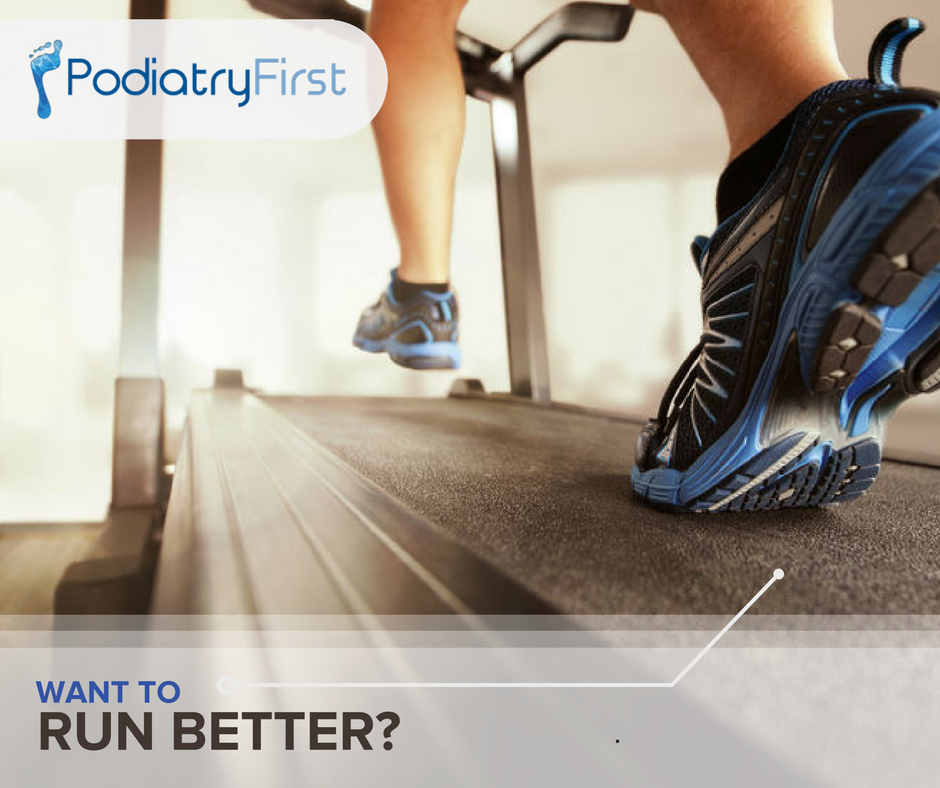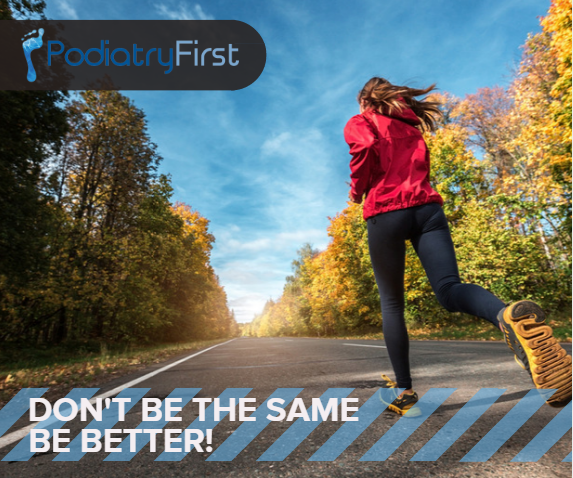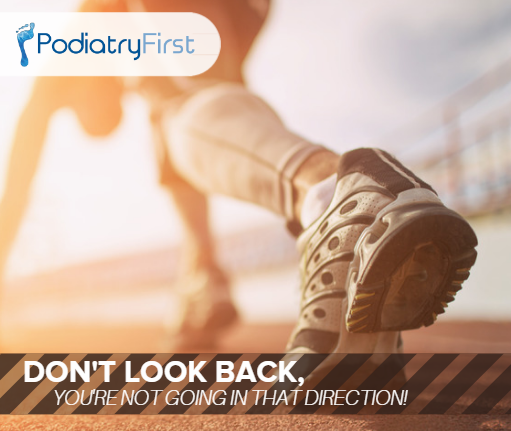6 Quick & Easy Tips For Runners

Running is more than putting one foot in front of the other. Learning proper running form will maximise your efficiency so that you can run faster, harder, stronger, longer, and, more importantly, with less chance of injury. Any weakness or inefficiency in your running technique will limit your ability to improve both endurance and speed. Functional strength, stability, balance and coordination play an important part when it comes to addressing technical flaws.
To run well over varying distances and terrain requires different sets of techniques. For example, the technique to run 1500m on the track is very different to run off the bike in a long distance triathlon or running a hilly trail event. Running is a learned skill like swimming or playing tennis, but sadly very few runners/athletes make time to learn and fine tune their run technique, until it is too late and they become injured.

“While every person is different and will have a unique running style there are 6 simple techniques to help you become a more efficient runner and limit your chance of injury.”
6 Techniques:
- Stride length. Stride length is measured from heel to heel and determines how far you travel with each step. Over-striding occurs when the foot strikes the ground in front of your centre of gravity, which is essentially like putting on the brakes. If you glance down while running and can see your toes way out in front of you, the focus should be on keeping your feet directly below your hips.
- Run cadence. Cadence is the number of steps taken per minute and can be quantified by counting footfalls on one leg for one minute. In runner aim for a cadence similar to cycling. Around 85–90 strides per minute is good for taller men, while 90–100 is efficient for smaller athletes.
- Stay level. Run tall and proud, but don’t bounce. Bouncing causes unnecessary vertical braking forces. Imagine running under a low ceiling: If you bounce too high you’ll bang your head.
- Forward motion. It’s great to run with an angle in the body tilting forward, this will help to propel the body forward using external forces (such as ground reaction forces), saving energy and increasing efficiency. But be careful, this tilting should only come from the ankle joint. Bending from the hip causes the body’s centre of gravity to change and results in decreased running efficiency.
- Arm motion. Arms provide some rotational stability, but the movement should not be excessive. Keep elbows bent at approximately 90 degrees, and don’t let your arm swing cross your vertical centre line. Arms also drive the legs. The faster you swing your arms, the faster your legs move. Lightly pumping your arms is really helpful for running uphill and sprinting.
- Leg recovery. A slightly bent leg requires less power to bring the leg through during the recovery phase of your run stride. The faster you run, the higher your heel lifts on recovery. Don’t exaggerate heel lift when running at slow speeds. The best triathlon runners have a low, limber gate with a relaxed leg recovery.

“A tip to keep in mind if changing running technique is do so SLOWLY. You should gradually make these changes to your running form, especially if changing landing patterns a stride lengths. YOU can always have your running technique assessed by running coaches.”
If you would like to get a little more serious about your running and would like to maximise your energy and efficiency, you can CLICK HERE to make an appointment with one of our Sports Podiatrist to have your running gait assessed work together to get you gliding along smooth and efficiently, at the same time as ensuring you are doing it safely.
Leave a reply




Leave a reply